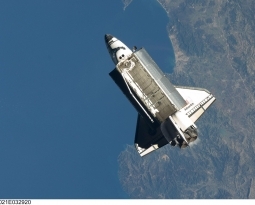New Mexico Patent of the Month – April 2022
The oil industry uses gas flaring when exploring gas wells. This procedure operates as a means of production testing until the flow of liquids and gas stabilizes. It also provides a safety measure, releasing gas from storage vessels to prevent fires and explosions during maintenance. Most often, natural gas builds up as a byproduct of oil extraction and must be burned off.
Surefire Pilotless Burner Systems, LLC started with a simple idea to achieve a seemingly simple goal – to provide a reliable safety system for controlling process burners and eliminate one of the most significant hazards in oil and gas production. This intention continues to drive them as they conduct intensive research and development in their product design.
Recently, they’ve designed a specialty pilot assembly which allows for flaring with reduced failure. Many pilot assemblies are exposed to extreme heat causing the thermocouple to fail. In Surefire’s design, a fire path tube which extends out to keep the pilot assembly away from the heat. The fire path tubing runs parallel to the pilot tubing and both are run long enough to support flaring in even the tallest flare stacks. An igniter is positioned in a ceramic body which can withstand high temperatures. A hot surface ignition (HSI) element is positioned in the fire path tubing and ignites the fuel as it flows through the pilot tubing to the pilot nozzle. THis pathway and process creates a reliable pilot flame without the thermocouple and nozzle needing to be too close to the flare stack. This protects the system while also reducing the maintenance and cleaning procedures required to keep it functional.
SureFire’s systems have been developed to create reliable, burner management systems in order to eliminate one of the most significant hazards in oil and gas production. They continually strive to develop both pilotless and piloted solutions.
Are you developing new technology for an existing application? Did you know your development work could be eligible for the R&D Tax Credit and you can receive up to 14% back on your expenses? Even if your development isn’t successful your work may still qualify for R&D credits (i.e. you don’t need to have a patent to qualify). To find out more, please contact a Swanson Reed R&D Specialist today or check out our free online eligibility test.
Who We Are:
Swanson Reed is one of the U.S.’ largest Specialist R&D tax advisory firms. We manage all facets of the R&D tax credit program, from claim preparation and audit compliance to claim disputes.
Swanson Reed regularly hosts free webinars and provides free IRS CE and CPE credits for CPAs. For more information please visit us at www.swansonreed.com/webinars or contact your usual Swanson Reed representative.

















